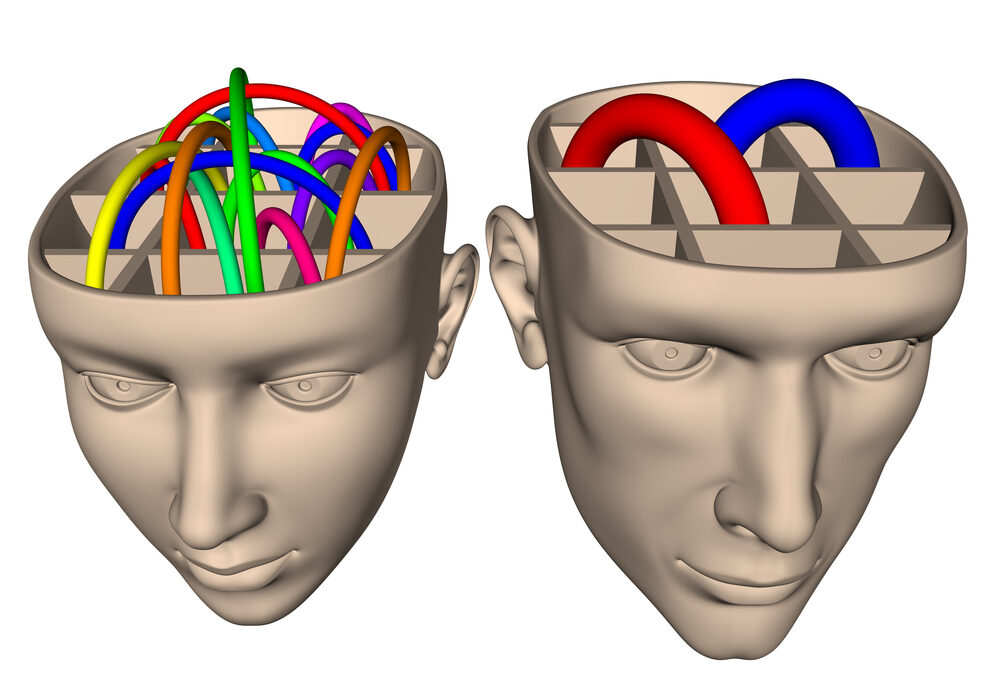Over the millennia, men and women have evolved with different objectives and strategies of sexual psychology and response – strategies related to choosing a mate, reproduction, and parental investment. For the next several months, this blog space will address twenty-two “domains” of difference in sexual psychology and response between cisgender men and women with an emphasis on a heterosexual orientation.* (See “Assumptions” below.)
Here is a narrative summary of these differences followed by a list of the twenty-two domains. There is overlap and synergy between the domains but the underlying distinctions are clarifying. These differences are based on statistical aggregates of all men and women from authoritative research studies and cannot predict the unique sexuality of a particular man or woman.
General Differences between Men and Women in Sexual Psychology and Response
- Women have their own unique sexuality, like a fingerprint, and vary more than men in anatomy, sexual response, sexual mechanisms, and the way their bodies respond to the sexual world. Women vary more widely from each other and change more substantially over their lifetime than do men.
- Women are less likely to have alignment (“concordance”) between their genital response and their subjective arousal; this causes confusion and misunderstanding for women and their male partners. Men have dramatically more concordance between their genital response and subjective arousal.
- All sex happens in context. Women are more context-sensitive than men and all external circumstances of everyday life influence the context surrounding a woman’s arousal, desire, and orgasm.
- Women’s sexual functioning is more influenced by their internal brain state — how they think and feel about sex. Judgment, shame, stress, mood, trust, body image, and past trauma are more influential on a woman’s sexual well-being.
- Men and women have significantly different hormones and some variations in brain structure. Differences caused by the amount of testosterone cannot be overstated.
- Men and women differ in visual orientation for physical attraction and the traits preferred in a mate.
- Human sexual response consists of a “dual control” system with an excitation mechanism (“accelerator”) and an inhibition mechanism (“brake”). Men are accelerator-dominant and women are brake-dominant.
- Related to differences between the sexual “accelerator” and “brake,” men operate primarily from “spontaneous desire” triggers and women operate primarily from “response desire” triggers.
- Men sell (mostly) and women buy (mostly) in the mating economy; this is the predominant evolutionary dynamic. The psychology of the sexual initiator and pursuer is vastly different than the psychology of the one pursued and the one who chooses among her pursuers.
- The psychology of male intra-sexual competition is quite different than the psychology of female intersexual selection (preferential mate choice.) Also, women’s intra-sexual competition (women competing against each other) for male attention is a different behavioral phenomenon than male-on-male competition.
Domains of Male-Female Differences in Sexual Psychology
1. Behavioral dynamics in the mating economy
2. Long-term vs. short-term mating strategies
3. Trait preferences and priorities for mate selection
4. Physical attraction and perceptions of beauty
5. Concordance between physiological response and psychological desire
6. Spontaneous desire vs. response desire
7. Sex and love-making that fuels desire
8. Accelerator vs. brake: sexual excitation and inhibition systems
9. Brain structures: sexual pursuit and visual stimuli
10. Hormonal differences
11. Variety and novelty
12. Sexual mentation and “sex drive”
13. Influence of context
14. Female competing intentions and imposed double binds
15. Sexual orientation (and preference) fluidity and response variability
16. Orgasm – purpose, and characteristics
17. Meta emotions
18. Romance and desire, together and apart
19. Psychology of monogamy
20. Infidelity – reasons and response
21. Jealousy – triggers, tactics, and consequences
22. Sexual fantasies
Each domain will be examined as a distinct phenomenon of difference although some will be addressed as correlated or parallel in physiological or psychological response. This blog series will not necessarily run continuously – as other topics (some in a series, some not) will also be posted.
Thanks for reading what is coming to Mating Straight Talk. Comments are encouraged!
*Assumptions of Mating Straight Talk
- Men and Women have similarities as human beings, and aggregate differences from each other, that are primarily a function of biology and evolutionary adaptation. Our similarities do not often cause conflict. But our differences, and the denial of those differences, often cause “trouble”.
- Men and Women have differences that we must acknowledge and understand in order to have satisfying heterosexual (romantic and sexual) relationships.
- Men and Women have differences that we must acknowledge and understand in order to bring clarity to the “politics” of sex and gender.
- Men and Women need “straight talk” (radical honesty) in order to uncover and accept our differences.
- Men and Women need straight talk about our differences in order to empower one another for co-creative relationships.
5 Comments
Submit a Comment
Please Note: Your comment may take up to 12 seconds to register and the confirmation message will appear above the “Submit a Comment” text.

Steven –
Thank you for your work and insight into these fascinating topics. I am happy that you seem to have found your voice and megaphone! I look forward to your next contributions and wish you every success. Let’s talk again soon.
The breadth and depth of this project and the relevance for an age of transition is remarkable, Steven. I look forward to seeing you expand and expound on these themes!
Excellent information! In this time of quarantine and technical ways of meeting possible mates I am discouraged!
I hope women find this as relevant to their understanding of relationships as I assume men do.
Thanks, Steven
Yes, I certainly hope women take notice; this series highlights and honors the intriguing complexity of female sexuality. It provides a window for women and men to better understand women, but most importantly, explores and “names” the areas of difference that we need to navigate to find each other.